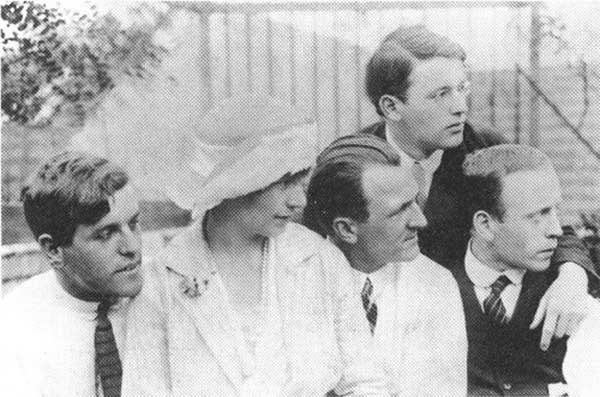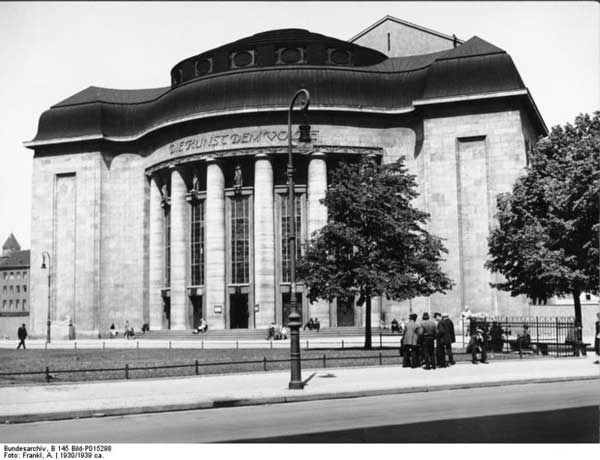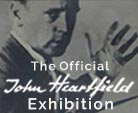And perhaps it never did, either.”
Graphic Design Genius John Heartfield. His Abilities, Political Insights Grow, 1921-1922
<< HEARTFIELD CHRONOLOGY - ALL YEARS
1921
1923
1927
“I thought the war would never end.
And perhaps it never did, either.”
Graphic Design Genius John Heartfield Invents A New Type Of Book Cover
Every Picture Tells A Story
He also revolutionizes the look of type on book jackets, also known as dust covers, for famous authors and their novels by creating unique fonts and integrating the letters into his graphic designs. The result is sizes and perspectives that add layers to his graphics.
The Malik-Verlag covers reveal political beliefs Heartfield holds. Many of his covers challenge those who care about increasing their wealth regardless of the cost to anyone else – war profiteers, munitions manufacturers, and workhouse owners. Malik-Verlag, under the guidance of Wieland Herzfelde, becomes successful. Some authors are initially reluctant to have Heartfield design their books, feeling his work may be too radical. However, Wieland wins them over, and the outcome is some of the most famous book covers in history.
An Artist’s Freedom Is All
Weimar Republic residents had never experienced a book like Deutschland, Deutschland,über alles (Germany, Germany, above all.) The Kurt Tucholsky – John Heartfield collaboration was a masterpiece, perfectly combining words and historic visual design. It was an immediate critical and commercial success. Heartfield’s playful graphics were a perfect match for Tucholsky’s brilliant satire.
Heartfield cut apart Weimar Republic photos to create the simple yet stunning images found in the exhibition Book Interiors section. “I Only Know Legal Paragraphs” uses as its base actual legal symbols.
An excerpt from Nancy Roth’s essay Heartfield and Modern Art
“In 1929, the Neuer Deutscher Verlag published Heartfield’s hugely successful satirical collaboration with Kurt Tucholsky, Deutschland, Deutschland, über alles, an irreverent picture-survey of the Weimar Republic. In this book, the photographs – selected from images taken by anonymous worker-photographers – function as snippets of the Republic itself that Tucholsky’s text variously questions, mocks, compares, and contrasts, with devastating effect.”
During his Malik-Verlag years, Heartfield also creates brilliant collages for the Verlag für Literatur und Politic (Publisher for Literature and Politics) and the Neuer Deutscher Verlag (New German Publisher).
A Lifelong Love Of The Theater

Wieland Herzfelde, Eva and George Grosz, Rudolf Schlichter, John Heartfield, 1922

Volksbühne Theater in Berlin. Photo Credit: Frankl, A., 1930



